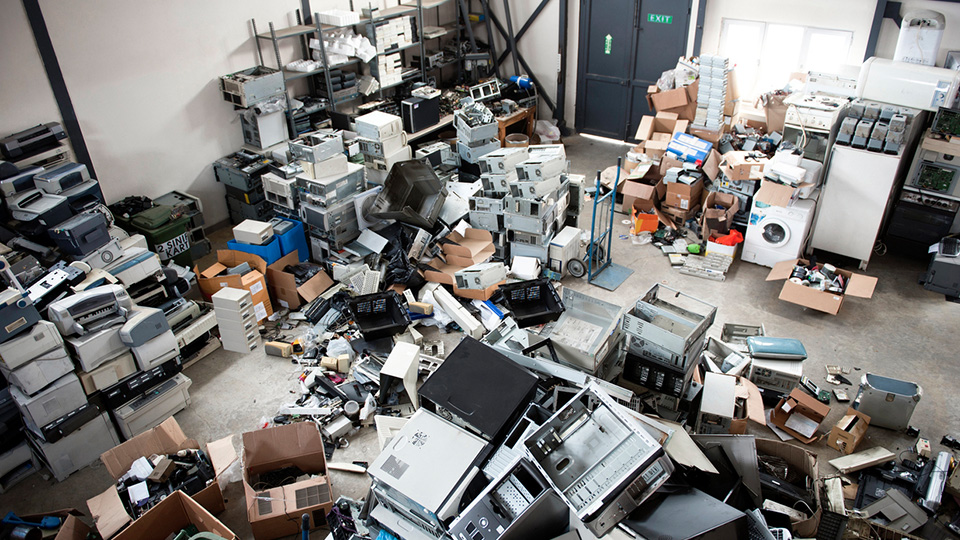Good old incandescent globes have been lighting our way for over a century. Most of us install them and discard them without a second look, but have you ever peered inside a light globe and wondered how these little marvels of engineering are made? Here’s the video to satisfy your curiosity. Watch carefully for the part where the all-important filament gets added. It’s quite an engineering feat in its own right. The spiral that we can see with the naked eye is actually a ‘coiled coil’ that neatly packages nearly 60 cm of tungsten wire much thinner than a human hair into an average light bulb.
As recyclers of lighting waste we break a lot of light bulbs, but that doesn’t mean we don’t appreciate the beauty of many of the globes that go into our crushers.
We also recycle a lot of the big light globes used in street and factory lighting, and some of these are impressive just for their size. This high intensity discharge (HID) lamp is about 40 cm long.
It is also conveniently transparent, allowing a peek at the wiring.
In recent years higher efficiency compact fluorescent lamps (CFLs) have been replacing incandescent light bulbs around the home. With phosphor powder coating their tubes and enclosed circuitry they don’t give much away, although we do think small spiral lamps are quite cute.
Now, in the quest for ever-more efficient lighting LED lights are starting to displace incandescent, HID and fluorescent lighting. LEDs also keep their vital workings secret, but some of them are contained within quite substantial aluminium heat sinks that appeal to our inner engineer.
LEDs also make a big thing about their longevity, with ‘lifespans’ of 50,000 hours or more. But before being too impressed on this front, bear in mind that a fire station in Livermore, California, is home to a light globe that has burned almost continually since 1901.
This Centennial Light dates from a time before tungsten filaments. Its filament is made from carbon. It may not burn so as brightly as it once did, but it is closing in on a million hours of service.
We think that makes it a thing of beauty in its own right.
If you have any globes or lamps that have given up the ghost, get in touch with us or fill out the form below, so that we may dispose of them properly and help keep mercury out of our waterways.






